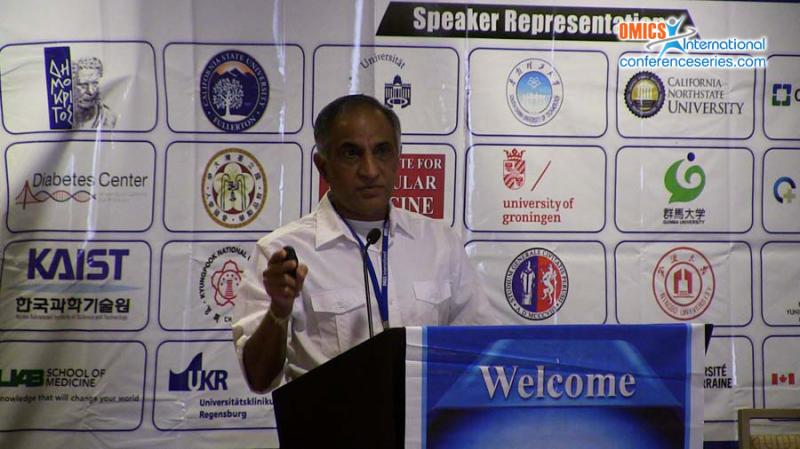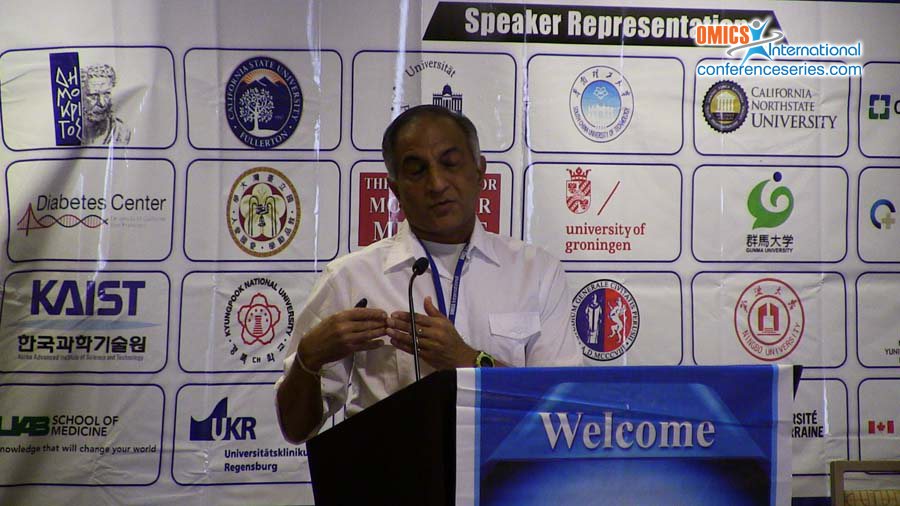
G M Anantharamaiah
UAB School of Medicine, USA
Title: Apolipoprotein E mimetic: From theory to therapy
Biography
Biography: G M Anantharamaiah
Abstract
Apolipoprotein E (apoE) has a dual-domain structure, with a four helix bundle containing the receptor binding region in the amino terminal domain and a carboxyl terminal lipid binding domain. Peptides derived from the LDL receptor (LDL-R) binding region of apoE have been studied by a number of groups, with the primary focus being on the binding of the peptides to LDL-R. Based on the dual-domain structure, a peptide was designed with the highly cationic residues 141-150 from human apoE (hE) covalently bound to the lipid-associating Class A ï¡-helical peptide 18A and the amino and carboxyl termini blocked with acetyl and amide groups, respectively. This peptide, called Ac-hE18A-NH2 (in clinical development as AEM-28), was found to have striking cholesterol- and triglyceride-reducing and anti-inflammatory properties. Unlike statin drugs and proprotein convertase subtilisin/kexin type-9 (PCSK-9) inhibitors, these properties exist even in the absence of a functional LDL-R, with cholesterol reduction being mediated by binding to heparan sulfate proteoglycans (HSPG). Ac-hE18A-NH2 is currently undergoing Phase 1a/1b clinical trials, and has shown acceptable tolerability and promising efficacy. Thus, this and similar peptides have great potential for treatment of statin-resistant conditions such as familial hypercholesterolemia and acute hypertriglyceridemic pancreatitis.



